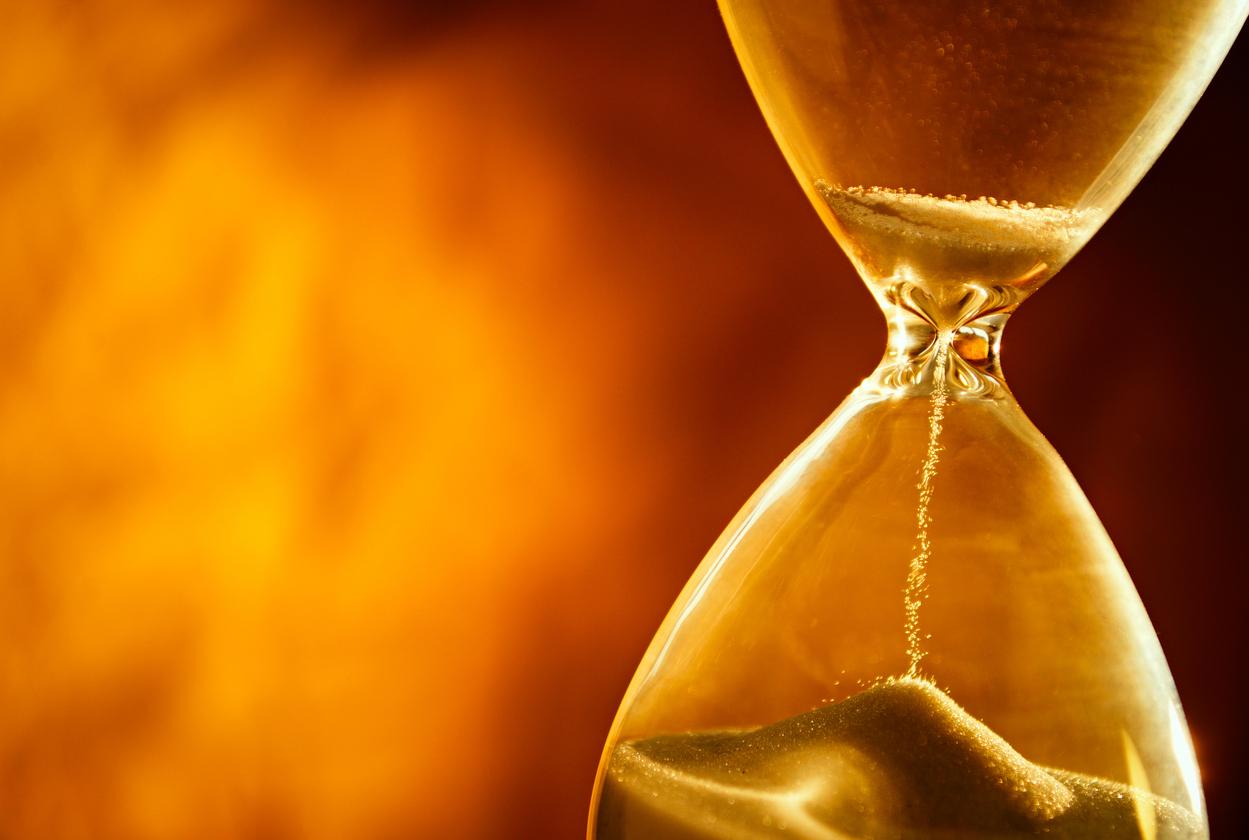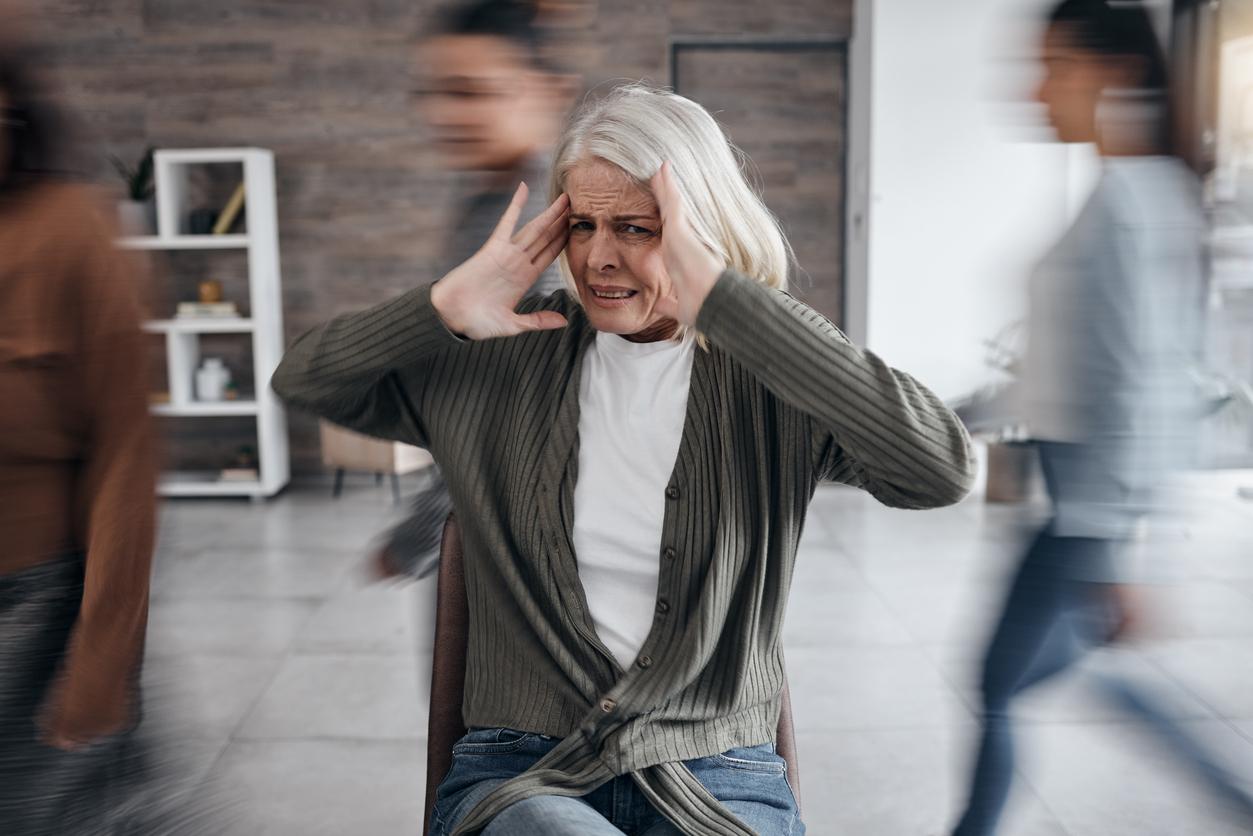Effective in treating severe depression, trigeminal nerve stimulation is also proven in children with attention deficit/hyperactivity disorder (ADHD). Explanations.

In France, approximately 400,000 children aged 4 to 18 are said to be suffering from attention deficit/hyperactivity disorder (ADHD). This disorder is often attributed, wrongly, to unruly children. The association of three signs makes it possible to characterize ADHD: attention deficit, motor hyperactivity and impulsivity. Today, there is no treatment to cure this disorder. But it is possible to reduce the symptoms. According to an American study, published in the Journal of the American Academy of Child and Adolescent Psychiatrytrigeminal nerve stimulation (TNS) has been shown to be particularly effective and safe for children.
A device to wear while sleeping
The trigeminal nerve is the longest of the cranial nerves. It is double – one left and one right – and each trigeminal nerve is made up of three branches: the ophthalmic nerve, the maxillary nerve and the mandibular nerve. In Canada and Europe, trigeminal nerve stimulation is used to treat severe depression.
62 children with ADHD, aged 8 to 12, participated in the present study. Every night and for four weeks, each child slept with a device, a small stimulator worn on the pajamas that emits a low-intensity electric current. Wires are connected between the device and a patch of adhesive electrodes worn on the forehead. The child barely feels this stimulation, which activates areas of the brain associated with concentration and impulse control.
As effective as some drugs
Some of the children slept with the device, but there was no brain stimulation. In those who actually benefited from trigeminal nerve stimulation, researchers observed improvement within the first week of treatment, with increasing progress over the following three weeks. This improvement was even similar to that seen with some non-stimulant medications for ADHD.
Additionally, the researchers found that trigeminal nerve stimulation did more than just reduce behavioral symptoms of ADHD. Indeed, the TNS made it possible to increase the activity in the cerebral circuits, measured by electroencephalogram. This suggests that trigeminal nerve stimulation effects changes in neurological functioning itself.
“I am delighted that we saw a significant reduction in ADHD symptoms, as well as improvements in brain function following treatment with TNS,” said Dr. McGough, lead author of the study. “The treatment was well accepted by the patients and their families […] and there were no clinically significant side effects. Trigeminal nerve stimulation has great potential as an additional option for ADHD management.”

.















